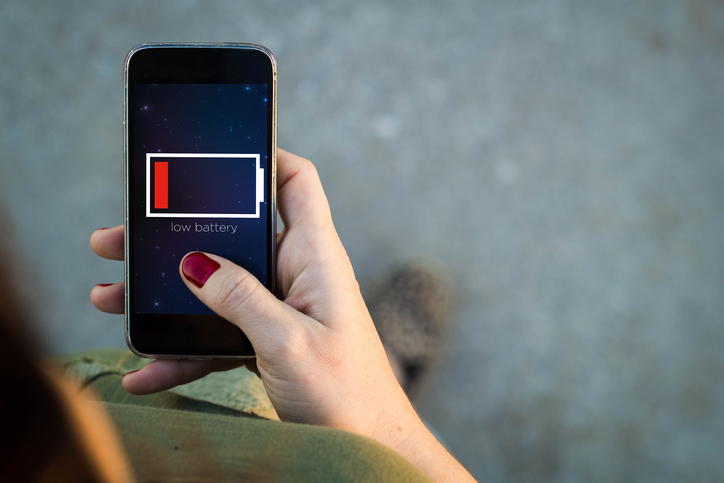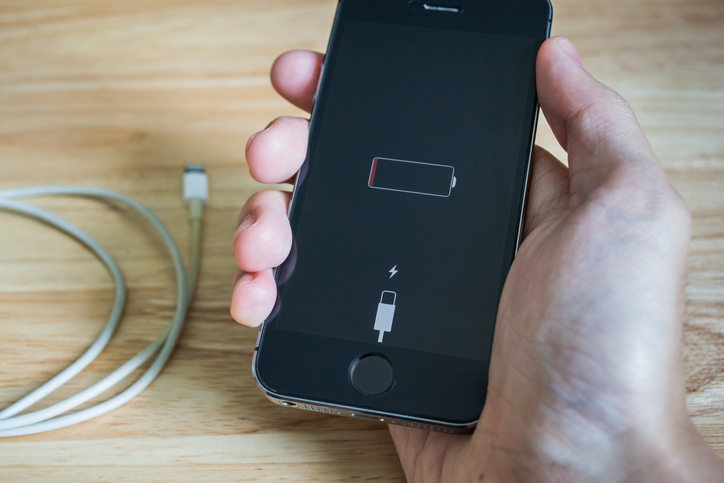 The development of the lithium-ion battery has helped enable the modern day electronics revolution, making possible everything from cellphones to laptops to electric vehicles and even grid-scale energy storage.
The development of the lithium-ion battery has helped enable the modern day electronics revolution, making possible everything from cellphones to laptops to electric vehicles and even grid-scale energy storage.
However, those batteries have limited lifespans. Battery expert Daniel P. Abraham is looking to address that.
“As your cellphone battery ages, you notice that you have to plug it in more often,” says Abraham, ECS member and scientist at Argonne National Laboratory. “Over a period of time, you are not able to store as much charge in the battery, and that is the process we call capacity fade.”
Abraham is a co-author of an open access paper recently published in the Journal of The Electrochemical Society, “Transition Metal Dissolution, Ion Migration, Electrocatalytic Reduction and Capacity Loss in Lithium-Ion Full Cells,” which addresses the question of why your battery doesn’t age well.
A majority of today’s electronic devices are powered by the lithium-ion battery. In order for the battery to store and release energy, lithium ions move back and forth between the positive and negative electrodes through an electrolyte. In theory, the ions could travel back and forth an infinite number of times, resulting in a battery that lasts forever.
But that’s not what happens in the batteries that power your laptops and your electric vehicles. According to Abraham, unwanted side reactions often occur as ions move between the electrodes, resulting in batteries that lose capacity over time.


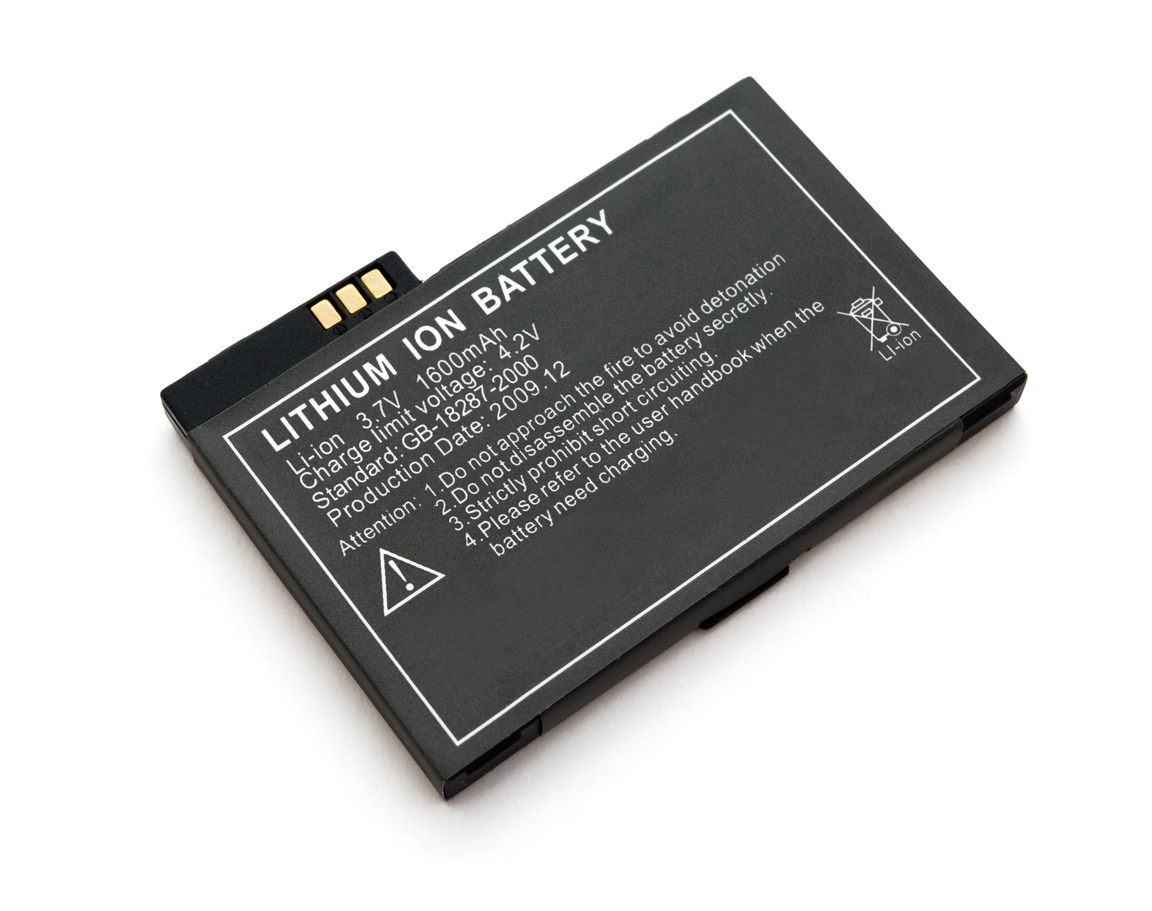 Lithium-ion batteries power a vast majority of the world’s portable electronics, but the magnification of recent safety incidents have some looking for new ways to keep battery-related hazards at bay. The U.S. Navy is one of those groups, with chemists in the U.S. Naval Research Laboratory (NRL) unveiling a new battery, which they say is both safe and rechargeable for applications such as electric vehicles and ships.
Lithium-ion batteries power a vast majority of the world’s portable electronics, but the magnification of recent safety incidents have some looking for new ways to keep battery-related hazards at bay. The U.S. Navy is one of those groups, with chemists in the U.S. Naval Research Laboratory (NRL) unveiling a new battery, which they say is both safe and rechargeable for applications such as electric vehicles and ships.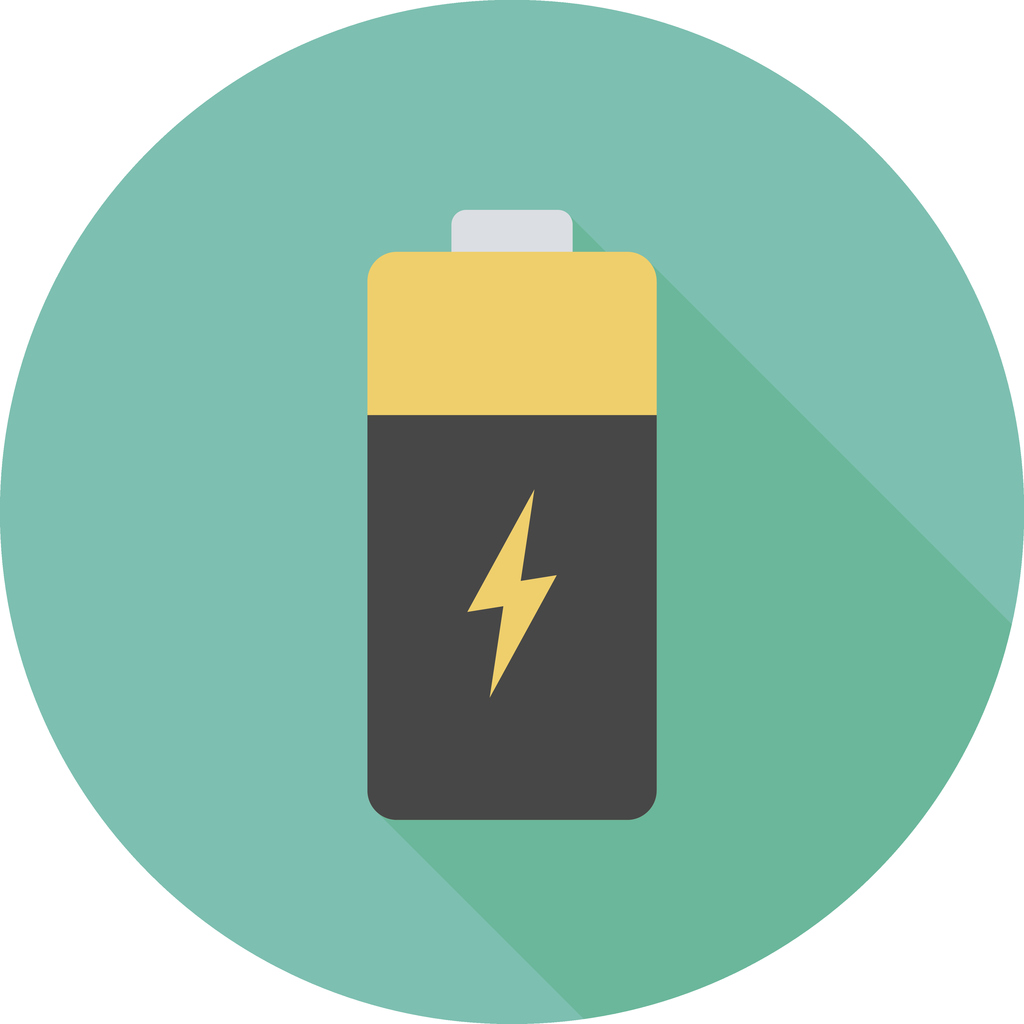 Like all things, batteries have a finite lifespan. As batteries get older and efficiency decreases, they enter what researchers call “capacity fade,” which occurs when the amount of charge your battery could once hold begins to decrease with repeated use.
Like all things, batteries have a finite lifespan. As batteries get older and efficiency decreases, they enter what researchers call “capacity fade,” which occurs when the amount of charge your battery could once hold begins to decrease with repeated use.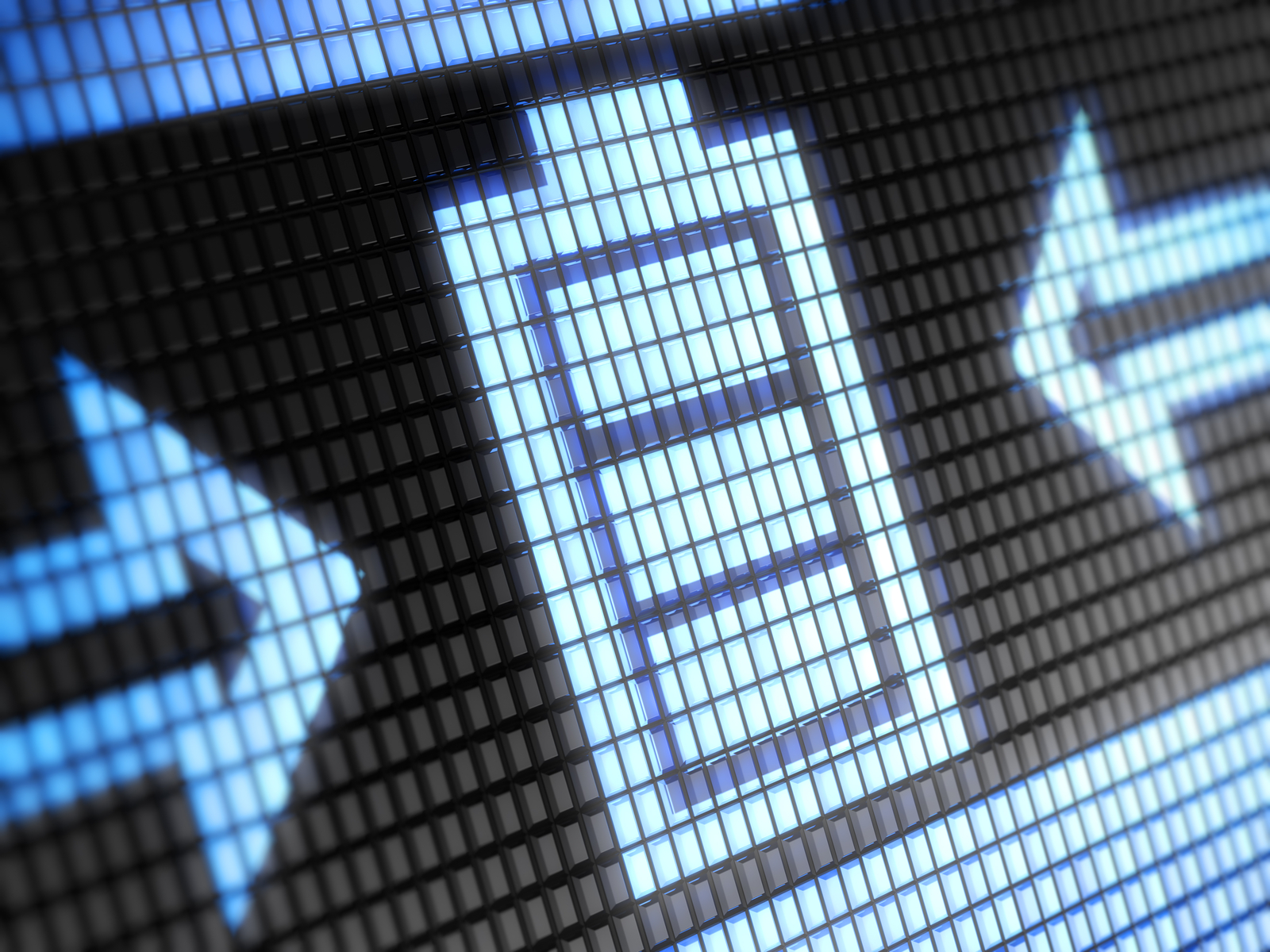 Researchers from Columbia University School of Engineering and Applied Science recently developed a method that could result in safer, longer-lasting, bendable lithium-ion batteries. To do this, the team applied ice-templating to control the structure of the solid electrolyte for lithium-ion batteries.
Researchers from Columbia University School of Engineering and Applied Science recently developed a method that could result in safer, longer-lasting, bendable lithium-ion batteries. To do this, the team applied ice-templating to control the structure of the solid electrolyte for lithium-ion batteries.
